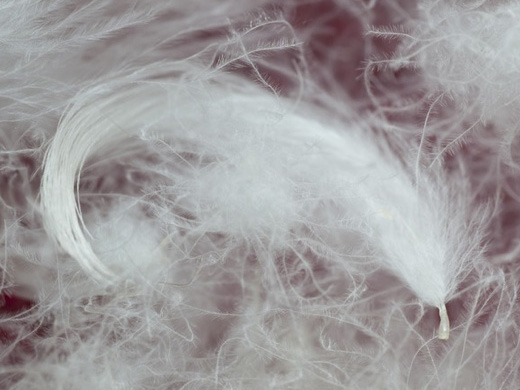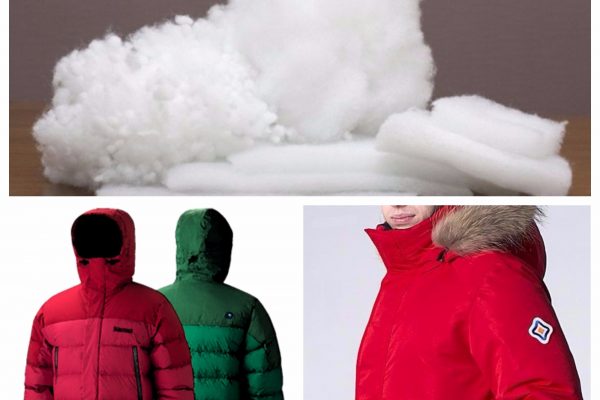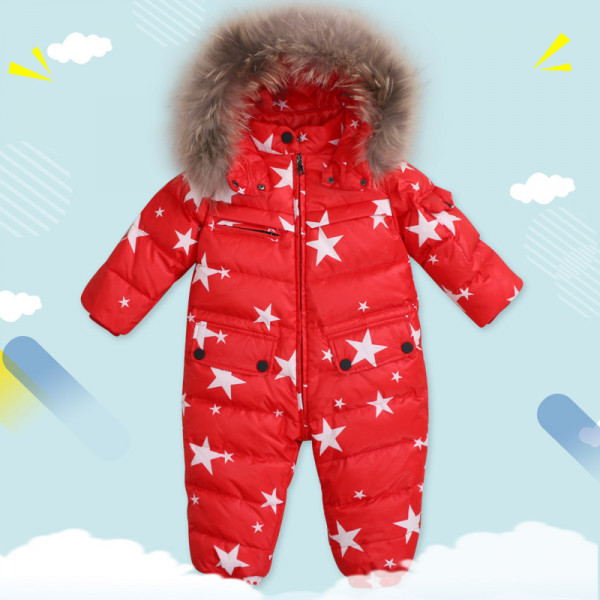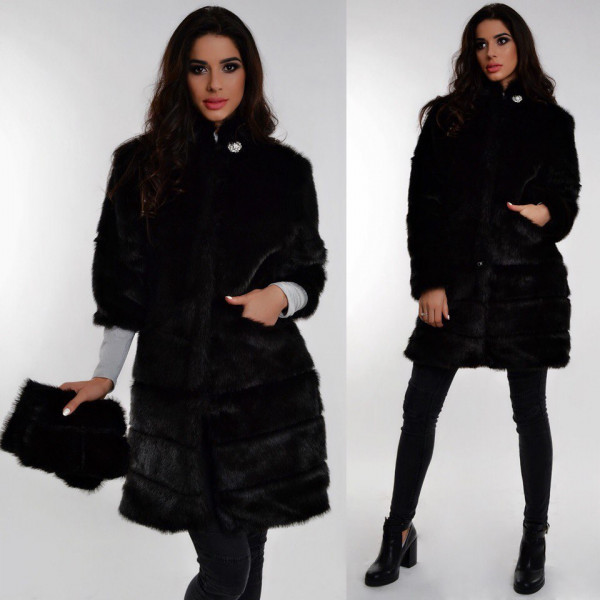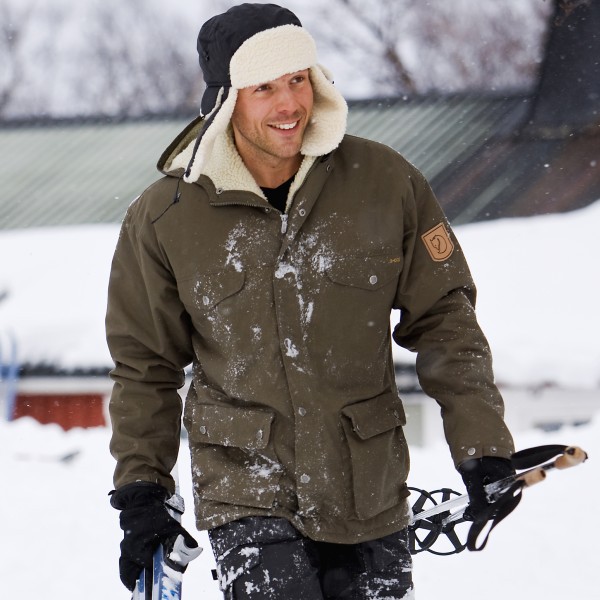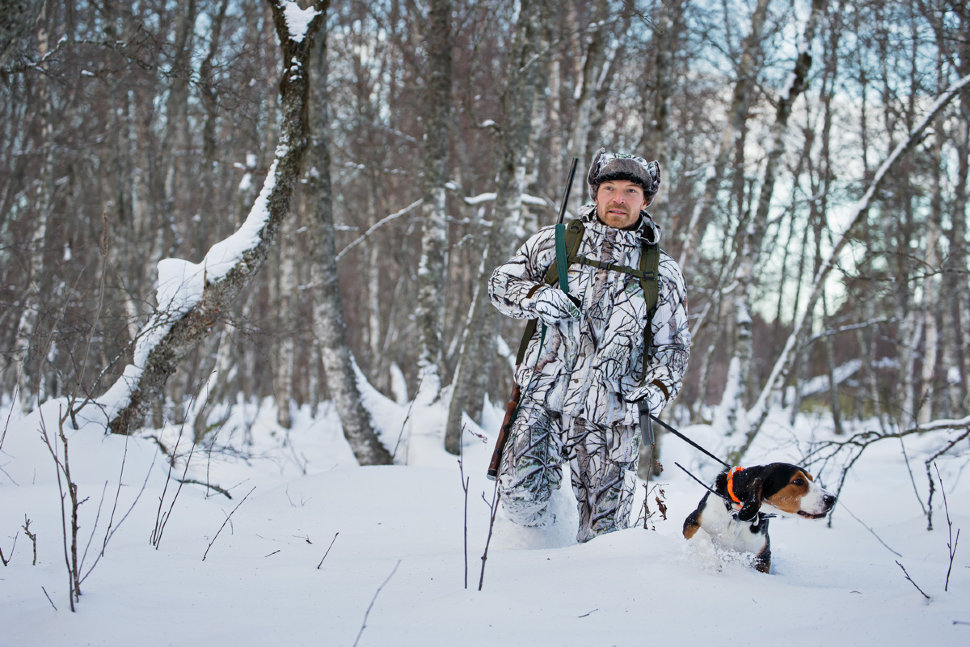In our latitudes, it is almost impossible to imagine your wardrobe without a warm jacket or down jacket. In the cold season, changeable weather requires warm, extremely comfortable clothing. It is not surprising that almost everyone has to think about purchasing a winter set with reliable insulating material, remembering that most protective and heat-saving properties depend on the qualities of the insulation for clothing.
When searching for the right material, you often come across an abundance of terms or specific names associated with modern insulation for clothing. It's time to understand the terminology a little, as well as get acquainted with some of the pros and cons of popular types of insulating fabric.
Types and characteristics
Today, insulating materials for winter clothing are divided into three main types:
- Natural insulation materials;
- Synthetic insulating materials;
- Mixed type thermal insulation fabric.
Which insulation for outerwear to choose depends on the type of clothing, personal taste preferences and weather conditions in each individual case. To do this, it is recommended to familiarize yourself with each type in more detail.
Natural
Despite the active development of technologies, as well as the creation of modern heat-protective fabrics and insulation for winter clothing, many still prefer to trust proven natural materials, considering them warmer, more comfortable and harmless to humans.
Down insulation
Among natural insulation materials, the palm of primacy is firmly held by the filler made from down of waterfowl (goose, duck, eider or swan). As a rule, insulation is used, which contains not only down, but also feathers. In a high-quality product, the percentage of down should fluctuate from 60 to 90%. A large amount of feathers does not have the best effect on the thermal conductivity, hygroscopicity, and breathability of outerwear.
To prevent the down insulation from bunching up and bunching up during wear, it is recommended to choose models with quilted down filling. Quilted insulation made of natural down will cope with its tasks better and will last much longer.
Remember that down insulation material is an excellent breeding ground for feather mites and easily attracts dust particles and other contaminants. Clothing with this filler is strictly contraindicated for small children, as well as people with respiratory diseases or a tendency to allergies.
Wool insulation
Wool insulation is considered durable, wear-resistant and, importantly for people prone to allergies, hypoallergenic material. Clothing with insulation made of high-quality wool is quite warm, does not lose its appearance for a long time, does not irritate the skin, and does not absorb foreign odors. However, some significant disadvantages limit the use of wool as insulation. The weaknesses of this insulating material include:
- High density, quite heavy weight;
- Active moisture absorption;
- Certain difficulties in cleaning.
Therefore, wool in its pure form is rarely used in modern clothing models. As a rule, wool insulating fabric is used as a lining or removable lining for additional protection from the cold. It is perfect for baby envelopes or overalls, as well as demi-season jackets, windbreakers, coats.
Natural insulation materials are most often used for lining:
- Made from sheep wool. Sheep wool is elastic and has a high density. Due to the spiral shape of each hair, sheep wool is breathable, which perfectly protects against adverse weather conditions. In addition, due to regular air circulation, harmful microorganisms and insects practically do not accumulate in natural wool;
- Made of camel wool. Warm material made of camel wool deserves special attention. Camel wool has long been successfully used in outerwear designed for work in extreme situations. For example, mountain climbers, polar explorers, sailors, travelers. Camel wool has a heterogeneous structure: it consists of a dense, coarse top layer and an airy, soft undercoat. It is the downy part of the wool that is responsible for the rare lightness for wool insulation and unique heat-protective properties.
Mixed
It is worth saying a few words about mixed types of insulation. Such insulation for clothing consists of both natural materials and synthetic fibers. This allows using the positive qualities of each type as effectively as possible:
- Wadding is an inexpensive insulating material, which often contains wool, flax, cotton, as well as particles of lavsan, polyester with viscose and even waste from weaving production. The quality of wadding directly depends on the composition and production technology. The best insulation is considered to be wadding made with a large amount of wool using knitting and stitching technology or placed on a gauze base. Such material is warmer, lighter, more durable than other varieties, however, in terms of thermal insulation, wadding has long been inferior to most modern insulation materials;
- Sherstepon is an insulating material for winter clothing, tourist and sports underwear, bedding. It is a domestic development that combines the heat-saving properties of two types: natural wool and polyester fiber. The undoubted advantages of this insulation include lightness, plasticity, high hygiene, good thermal insulation;
- Alpalux is the most modern type of insulation in this category. It consists of natural merino wool and microfiber. It perfectly retains heat even on the coldest and windiest days, does not lose its shape for a long time, and alpalux is comfortable to wear and does not cause allergic reactions. This lightweight, soft, very elastic insulation material is often used for sewing ski and sports suits, professional clothing, and children's overalls.
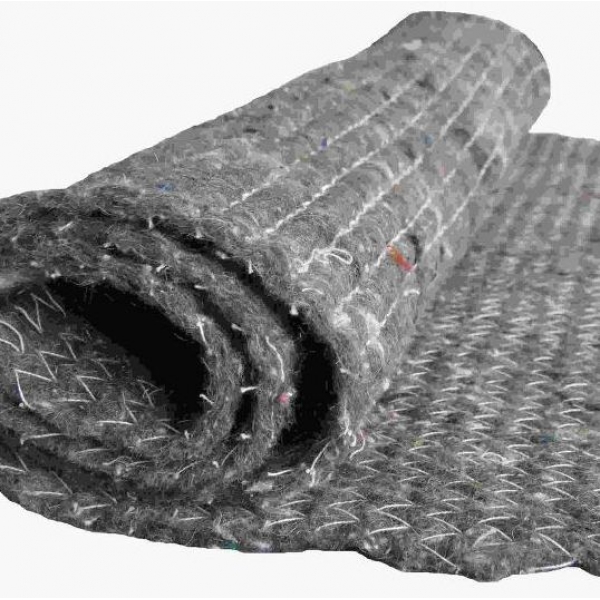
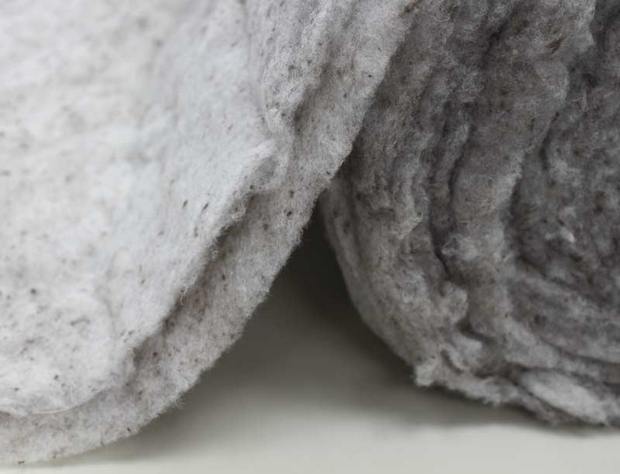

Synthetic
Types of synthetic insulation, unlike natural or mixed categories, retain their shape better, are easy to wash, and can withstand active wear. In addition, synthetic materials made of polyester are absolutely hypoallergenic, do not absorb odors and dust, which often becomes a breeding ground for various microorganisms. Knowing the main characteristics and application of modern synthetic materials for insulating clothes, you can choose the best option for any occasion:
- Sintepon is the most famous, very affordable polyester fabric for insulating clothing. It is cheap, lightweight, and has good thermal properties. However, sintepon has significant disadvantages, such as poor air permeability, a tendency to rapid deformation, and loss of thermal insulation properties;
- Holofiber - this insulation is known for its reliability, as well as the highest quality. Clothes made of holofiber are usually inexpensive and affordable. The material does not lose its original characteristics for a long time, and thanks to the porous siliconized structure, it retains heat perfectly;
- Thinsulate - the peculiarity of this insulating material is the use of the finest fiber, the size of which is several times smaller than a human hair, which allows for the formation of a greater number of air layers, providing amazing thermal insulation. Thinsulate insulation is suitable for both everyday outerwear and for sewing workwear;
- Siberia is the newest insulation material of Russian production made of polyester microfibers, which has many varieties and composition options, allowing you to choose the most comfortable insulation for children's clothing, tourist equipment, ski suits, workwear. It is used to sew beautiful insulated women's suits, hats and much more;
- Izosoft is considered one of the warmest and most durable synthetic materials. It is a fairly thin insulation made of polyester balls sealed into a single fabric with a special polymer coating. It is ideal for sewing demi-season and winter clothing. Despite the fact that the density of the insulation is low, it is resistant to wear, fiber creep, and loss of shape.
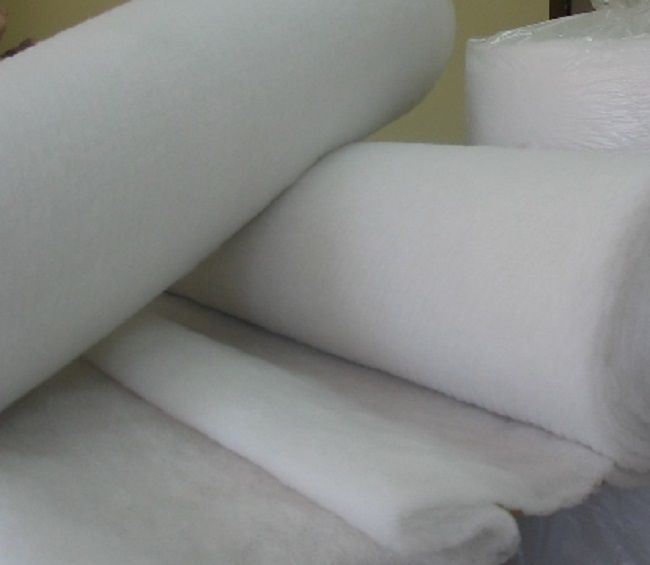
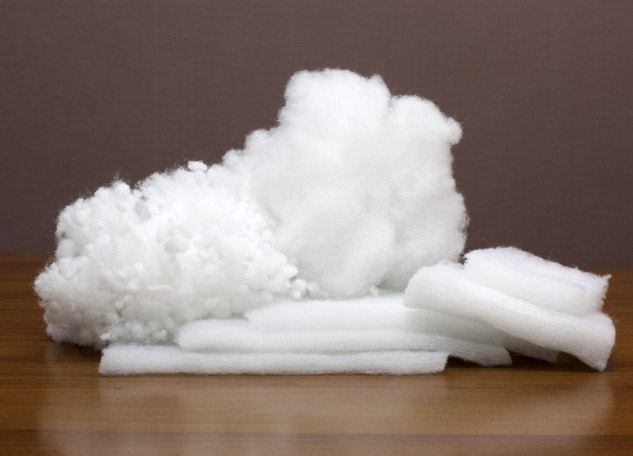
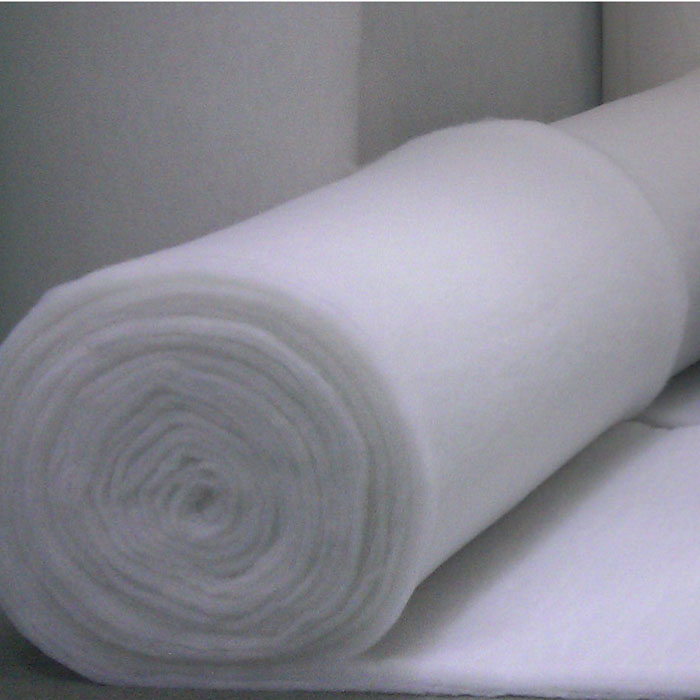
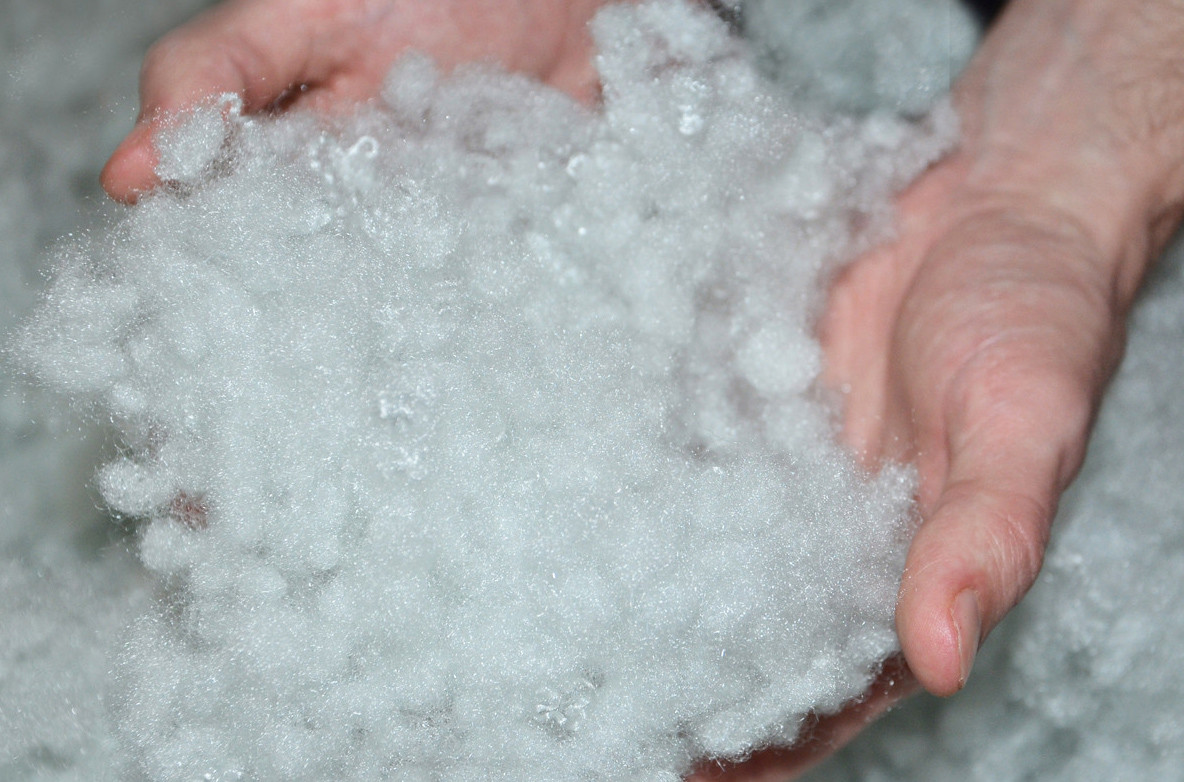
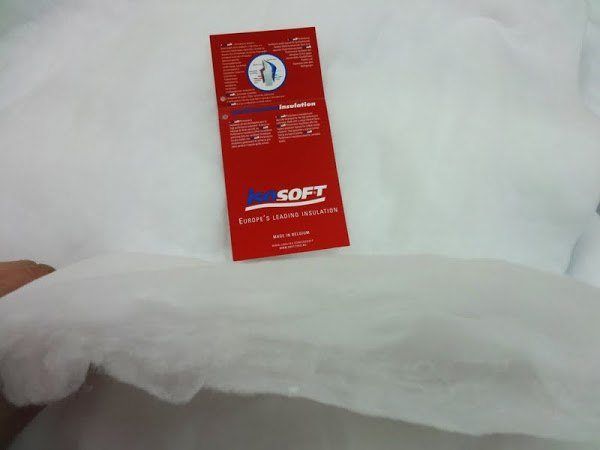
Selection criteria
When choosing winter clothing, first of all, it is necessary to pay attention to the requirements for the insulating material. How to choose a high-quality, good in all respects, insulating material? A convenient comparison table of insulation for clothing will allow you to quickly and easily decide on the choice of material.
| Name | Flaws | Optimal temperature |
| Wool | It weighs a lot and lets moisture through. | Can be used up to -25 degrees. |
| Fluff | Strong allergen, quickly loses shape. | Down-feather – up to -25 degrees, insulation with a high percentage of down – up to -40 degrees. |
| Batting | It is heavy and not environmentally friendly. | Not below -15 degrees. |
| Sherstepon | Allergenic. | Up to -25 degrees. |
| Alpalux | High cost. | Comfortable down to -30 degrees. |
| Sintepon | Does not breathe, easily deforms. | This polyester is suitable for temperatures down to -15 degrees. |
| Hollowfiber | Not suitable for extremely cold conditions. | Up to -25 degrees. |
| Thinsulate | Overpriced, tends to accumulate static electricity. | Ideal for arctic frosts from -25 to -60 degrees. |
| Siberia | Does not tolerate high temperatures. | Up to -45 degrees. |
| Isosoft | High cost. | This polyester is used at temperatures down to -30. |
In addition to the above parameters, be sure to pay attention to the presence of a quality certificate. This will help you avoid counterfeit or low-quality material.
Care instructions
Care instructions. Table for natural insulation materials for clothing.
| Name | Special recommendations | Cleaning and washing temperature of the product |
| Insulation made of wool and mixed fabrics | Material shrinkage is possible, use moth repellent during storage | Suitable mode for delicate fabrics, 30 °C, |
| Down and feather insulation | Do not iron | Rare wash in a gentle cycle, no higher than 30 °C, after drying the product must be fluffed |
Care instructions. Artificial and synthetic insulation for clothing.
| Name | Special recommendations | Cleaning and washing the product |
| Sintepon | Do not bleach or soak. | Wash on gentle cycle at no more than 40°C, spin at low speed, dry only unfolded. |
| Hollowfiber | Use mild detergents. | The mode for delicate fabrics and spin at medium speed is suitable. |
| Thinsulate | Ironing at low temperature is permitted. | Washing at up to 60°C and spinning at medium speed is suitable. |
| Siberia | Dry unfolded. | Gentle machine wash up to 40°C. |
| Isosoft | Do not tumble dry. | Wash on delicate cycle up to 40°C. |
Warm up from the frost and be healthy!
Video


